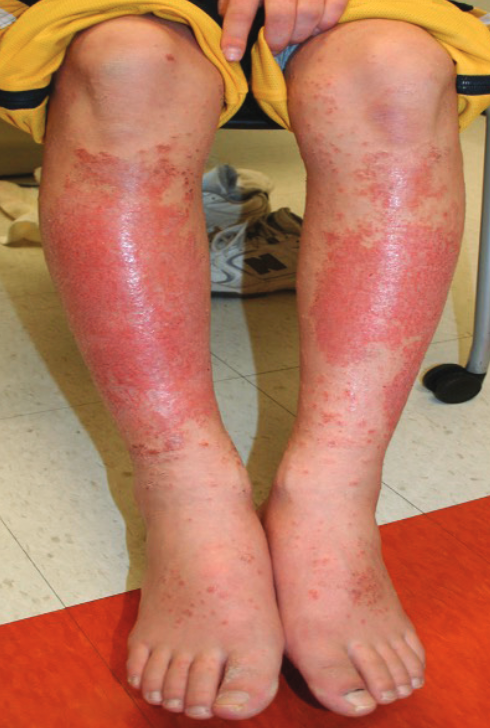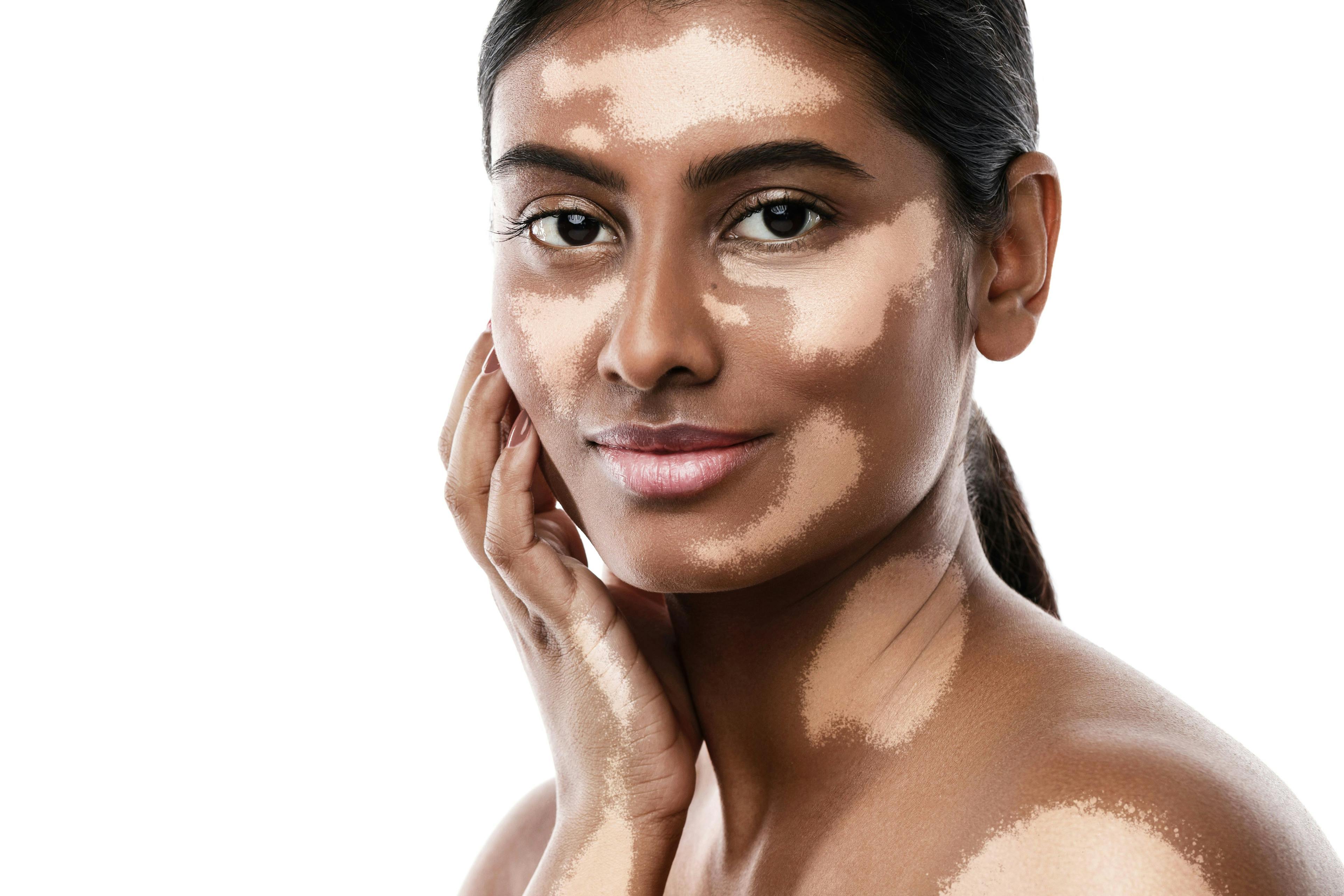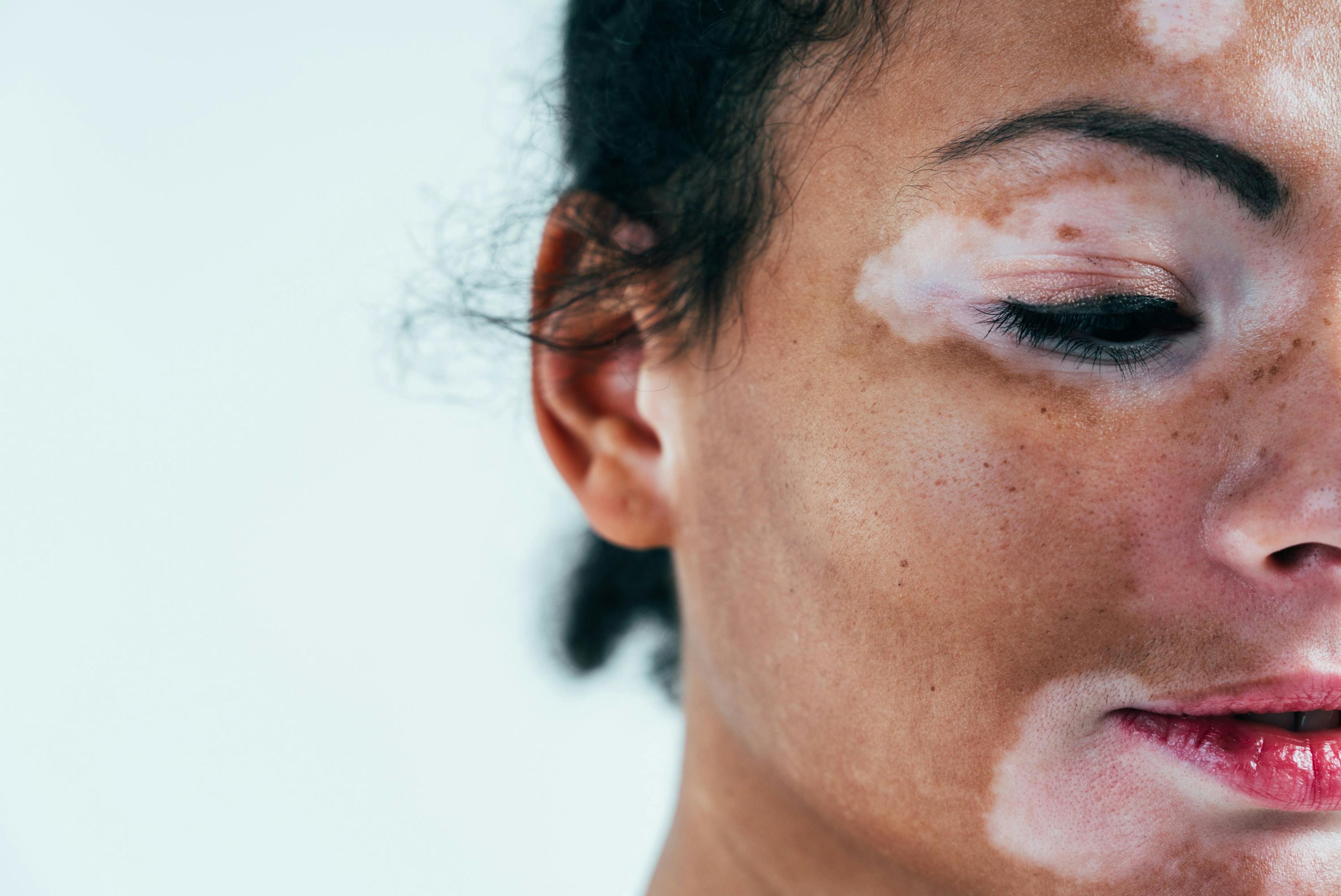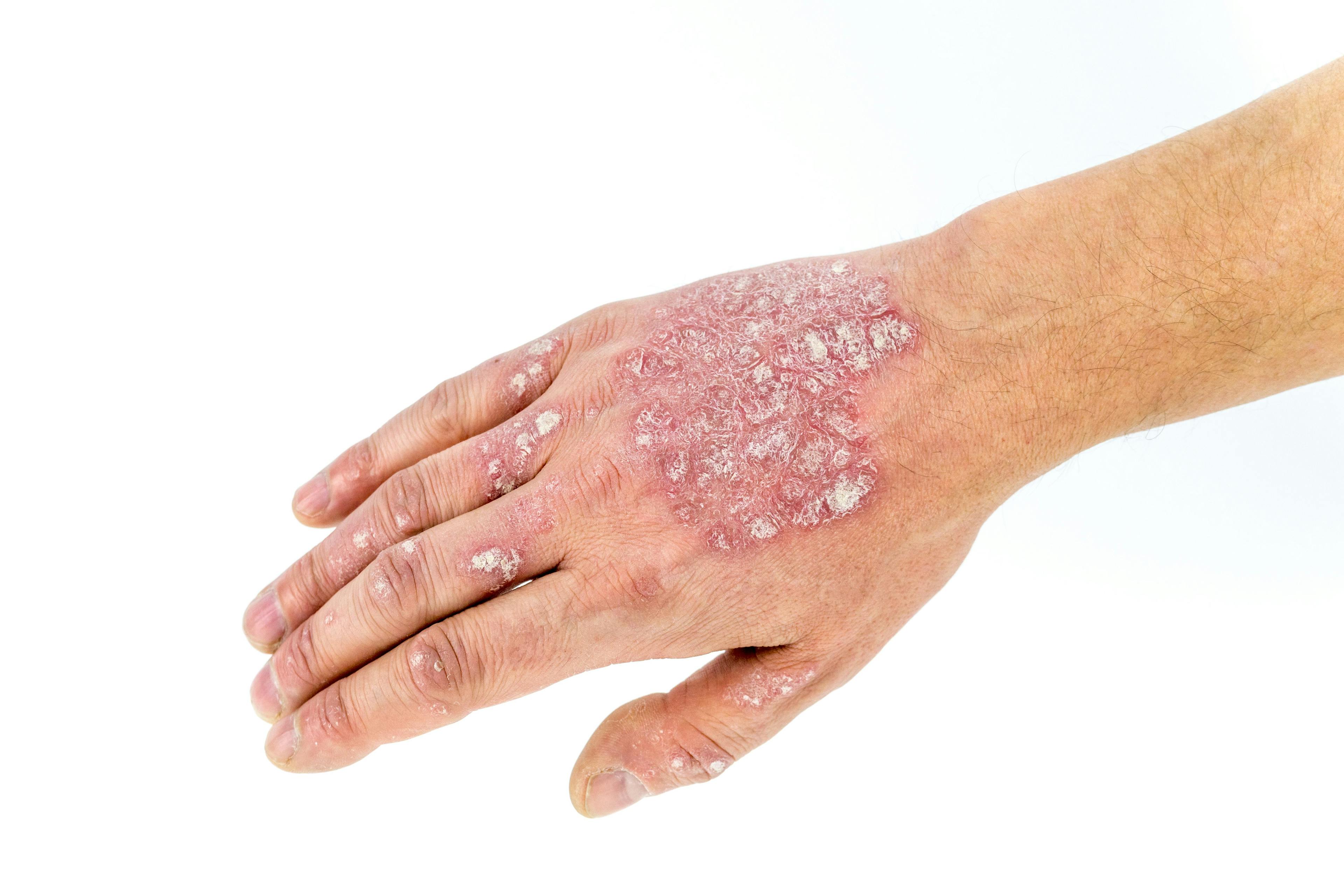- Acne
- Actinic Keratosis
- Aesthetics
- Alopecia
- Atopic Dermatitis
- Buy-and-Bill
- COVID-19
- Case-Based Roundtable
- Chronic Hand Eczema
- Chronic Spontaneous Urticaria
- Drug Watch
- Eczema
- General Dermatology
- Hidradenitis Suppurativa
- Melasma
- NP and PA
- Pediatric Dermatology
- Pigmentary Disorders
- Practice Management
- Precision Medicine and Biologics
- Prurigo Nodularis
- Psoriasis
- Psoriatic Arthritis
- Rare Disease
- Rosacea
- Skin Cancer
- Vitiligo
- Wound Care
Publication
Article
Dermatology Times
Researchers Use High-Frequency Ultrasonography and Power Doppler to Evaluate Acne Vulgaris
Author(s):
A recent acne vulgaris study used high-frequency ultrasonography (HF-USG) and power Doppler (PD) to assess the thickness of lesions.
Nearly 80% of all adolescents suffer from acne vulgaris, with clinical features ranging from mild acne to fulminant acne with systemic symptoms. The main manifestations are comedo, papule pustule, nodule, cyst and scarring. But it is not just the young that can suffer, as 12% of women and 3% of men are affected well into middle age.1
Because acne changes the appearance of adolescents and irregular treatments may cause serious and irreversible harm to patients both physically and mentally, effective and standardized management of acne requires accurate evaluation.
A recent study by researchers at Ningbo Medical Center Lihuili Hospital in Ningbo, China and Zhejiang University School of Medicine, Hangzhou, China, sought to assess acne vulgaris quantitatively using high-frequency ultrasonography (HF-USG) and power Doppler (PD).
The study, “High-Frequency Ultrasonography Evaluation of Acne by Thickness and Power Doppler Vascular Analysis”1 was published in the May 2022 issue of the Journal of Ultrasound in Medicine, and showed the feasibility and application value of HF-USG and PD in acne vulgaris.
The researchers enrolled 105 patients who received an acne vulgaris diagnosis by a dermatologist in the study, with information collected between Nov. 1, 2020 to Jan. 31, 2021. All were clinically classified by two attending dermatologists independently using three degrees with four levels of classification evaluating only the severest lesion.
The mean age of the patients was 23 years, and consisted of 75 females and 30 males.
Gray-scale ultrasound was used to assess the thickness of the lesion, and the thickness ratio was calculated. PD equipped with Qpack semi-quantitative analysis software was used to assess blood signals of the lesion, and Qpack ratio, Qpack peak were calculated.
Of the cohort, according to the Chinese guidelines for the management of acne vulgaris, 23 cases were comedones, 33 were papules, 26 were pustules and 23 were nodules/cysts. The study revealed significant differences in thickness ratio (P < .001), Qpack ratio (P < .001), and Qpack peak (P < .001) among the four groupings.
The researchers concluded that HF-USG and PD equipped with semi-quantitative analysis software could best assess acne vulgaris quantitatively, providing a good basis for the classification and treatment of acne.
“By using those technologies, acne lesions can be observed quantitatively under non-invasive conditions, which provides a good basis for the classification and the treatment of acne,” the researchers said. “Their features include thickness ratio, Qpack ratio and Qpack peak, with the latter two being the sensitive features for the early efficacy evaluation.”
The authors noted several limitations to the study due to the sample size being relatively small in grouping, especially after treatment. Therefore, the researchers are planning to expand the sample size to continue research in the future.
Christopher G. Bunick, MD, associate professor of dermatology in the Yale Department of Dermatology, noted that the study most likely will not have any impact on dermatology practices, but could foster more clinical advancements.
The strength of the study, Bunick said, is that there are volumetric differences that can be measured in acne lesions, and they are quantifiable, so where that may lend an advance is in stratifying patients in clinical trials more accurately.
“I don’t see this ever being meaningful to the everyday clinician, but there is a potential application in clinical trials, where if you’re trying to more accurately grade the severity of patients, this could be a way of standardizing how you quantify or bend patients into your mild/moderate/severe categories,” he said. “In the clinic, doctors will look at the patients and base the therapy they need based on the severity they’re at, and measure the volume of the lesion without advanced ultrasound needed.”
References:
1. Wu X, Jiang T. High-Frequency Ultrasonography Evaluation of Acne by Thickness and Power Doppler Vascular Analysis. J Ultrasound Med. 2022 May 10. doi: 10.1002/jum.15941. Epub ahead of print. PMID: 35535957.

Newsletter
Like what you’re reading? Subscribe to Dermatology Times for weekly updates on therapies, innovations, and real-world practice tips.


























